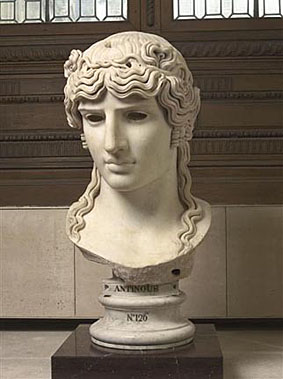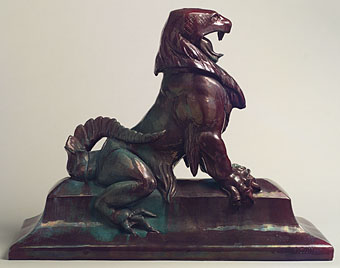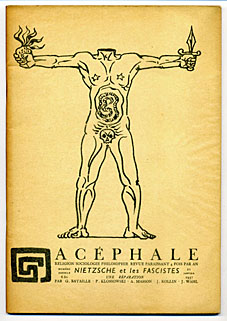
(left) “Mechanical Head (Spirit of Our Age)” by Raoul Hausmann.
‘Dada’ at MoMA: The Moment When Artists Took Over the Asylum
By MICHAEL KIMMELMAN
Published: June 16, 2006
NOW is as good a time as any for a big museum to take another crack at Dada, which arose in the poisoned climate of World War I, when governments were lying, and soldiers were dying, and society looked like it was going bananas. Not unreasonably the Dadaists figured that art’s only sane option, in its impotence, was to go nuts too.
“Total pandemonium” was how the sculptor Hans Arp reported the situation in 1916 at the great Cabaret Voltaire in Zurich, where Dada was born. “Tzara is wiggling his behind like the belly of an Oriental dancer. Janco is playing an invisible violin and bowing and scraping. Madame Hennings, with a Madonna face, is doing the splits. Huelsenbeck is banging away nonstop on the great drum, with Ball accompanying him on the piano, pale as a chalky ghost.”
I’m sure you had to be there.





